Filter by
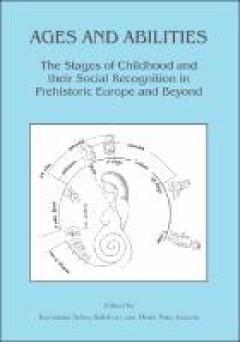
Ages and abilities : the stages of childhood and their social recognition in …
Ages and Abilities explores social responses to childhood stages from the late Neolithic to Classical Antiquity in Central Europe and the Mediterranean and includes cross-cultural comparison to expand the theoretical and methodological framework. By comparing osteological and archaeological evidence, as well as integrating images and texts, authors consider whether childhood age classes are arc…
- Edition
- -
- ISBN/ISSN
- 9781789697698
- Collation
- xi. ;ill. :265 p.
- Series Title
- -
- Call Number
- 305.2310936 SAL a

We used to wait : music videos and creative literacy
An investigation of music videos as a form, a practice, and a literacy.Music videos were once something broadcast by MTV and received on our TV screens. Today, music videos are searched for, downloaded, and viewed on our computer screens—or produced in our living rooms and uploaded to social media. In We Used to Wait, Rebecca Kinskey examines this shift. She investigates music video as a form…
- Edition
- -
- ISBN/ISSN
- 9780262526920
- Collation
- ix, 91 p. : bnw, ill.
- Series Title
- -
- Call Number
- 791.456578 KIN w
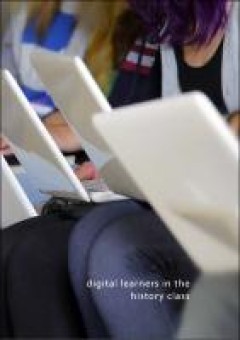
Surfing the past
This book discusses one of the most frequently discussed subjects in history education during the last two decades, namely how secondary school pupils use the World Wide Web for their learning activities. Based on two case studies in two Dutch schools, the book shows some ways in which the use of the Web has changed history education in at least three respects: first, the findings of the two ca…
- Edition
- -
- ISBN/ISSN
- 9789088900815
- Collation
- 279 p. : color, ill.
- Series Title
- -
- Call Number
- 907.12 NYI s
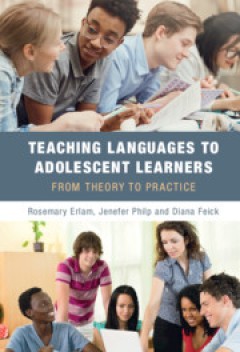
Teaching languages to adolescent learners : from theory to practice
Teaching languages to adolescents can be a challenge. . . but one that is most rewarding! What works? What doesn't work? This book provides a reader friendly overview on teaching modern languages to adolescents (Years 7–13). Each chapter takes an aspect of language teaching and learning, and explains the underlying theory of instructed language acquisition and its application through examples…
- Edition
- -
- ISBN/ISSN
- 9781108869812
- Collation
- ix, 188 p. : ill
- Series Title
- -
- Call Number
- 418.00712 ERL t

Inventing cinema : machines, gestures and media history
With machines mediating most of our cultural practices, and innovations, obsolescence and revivals constantly transforming our relation with images and sounds, media feel more unstable than ever. But was there ever a ‘stable’ moment in media history? *Inventing Cinema* proposes to approach this question through an archaeology and epistemology of media machines. The archaeology analyses them…
- Edition
- -
- ISBN/ISSN
- 9789048550463
- Collation
- 267 p.
- Series Title
- Cinema and Technology,
- Call Number
- 778.53 TUR i
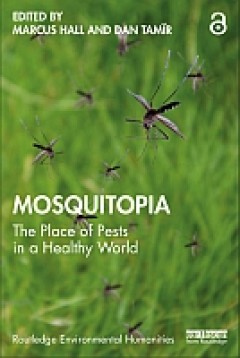
Mosquitopia : the place of pests in a healthy world
This edited volume brings together natural scientists, social scientists and humanists to assess if (or how) we may begin to coexist harmoniously with the mosquito. The mosquito is humanity’s deadliest animal, killing over a million people each year by transmitting malaria, yellow fever, Zika and several other diseases. Yet of the 3,500 species of mosquito on Earth, only a few dozen of them a…
- Edition
- -
- ISBN/ISSN
- 9781003056034
- Collation
- xxi, 290p.: ill.
- Series Title
- -
- Call Number
- 595.772 MOS m
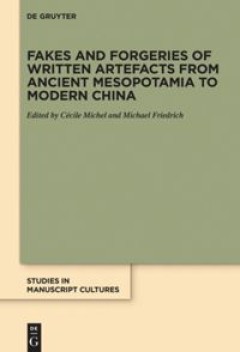
Fakes and forgeries of written artefacts from Ancient Mesopotamia to Modern C…
Fakes and forgeries are objects of fascination. This volume contains a series of thirteen articles devoted to fakes and forgeries of written artefacts from the beginnings of writing in Mesopotamia to modern China. The studies emphasise the subtle distinctions conveyed by an established vocabulary relating to the reproduction of ancient artefacts and production of artefacts claiming to be ancien…
- Edition
- -
- ISBN/ISSN
- 9783110714333
- Collation
- VI, 338 p.
- Series Title
- Volume 20 in the series Studies in Manuscript Cultures
- Call Number
- 098.3 FAK f
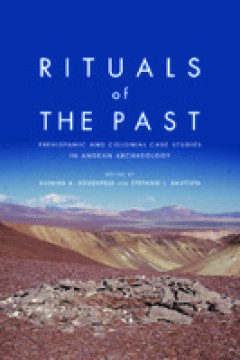
Rituals of the past : prehispanic and colonial case studies in Andean archaeo…
Through the study of archaeological, ethnographic, linguistic, and historical evidence from northern Peru to northern Chile, Bolivia, and northwest Argentina, the authors in this volume show the significance of ritual from pre-contact to present day in the Andes. These volume essays deal with theoretical and methodological concerns in anthropology and archaeology including non-human and human a…
- Edition
- -
- ISBN/ISSN
- 9781607325963
- Collation
- XIII, 321 p.
- Series Title
- -
- Call Number
- 985.01 BAU r
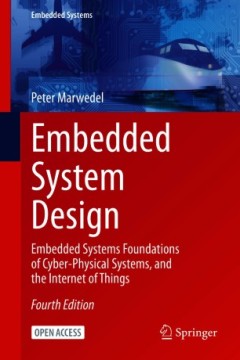
Embedded system design : embedded systems foundations of cyber-physical syste…
A unique feature of this open access textbook is to provide a comprehensive introduction to the fundamental knowledge in embedded systems, with applications in cyber-physical systems and the Internet of things. It starts with an introduction to the field and a survey of specification models and languages for embedded and cyber-physical systems. It provides a brief overview of hardware devices u…
- Edition
- Fourth edition
- ISBN/ISSN
- 9783030609108
- Collation
- xxii, 433p. : ill.
- Series Title
- -
- Call Number
- 004.21 MAR e
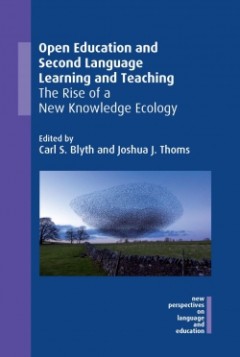
Open education and second language learning and teaching : the rise of a new …
This book is open access under a CC BY ND licence. This book contextualizes open education in foreign language (FL) learning and teaching; fills a gap in the research by exploring aspects of open second language learning and teaching across a range of educational contexts; and illustrates new ways of creating freely shared FL materials.
- Edition
- -
- ISBN/ISSN
- 9781800411005
- Collation
- XI, 271 p.
- Series Title
- -
- Call Number
- 418.0071 OPE o
 Computer Science, Information & General Works
Computer Science, Information & General Works  Philosophy & Psychology
Philosophy & Psychology  Religion
Religion  Social Sciences
Social Sciences  Language
Language  Pure Science
Pure Science  Applied Sciences
Applied Sciences  Art & Recreation
Art & Recreation  Literature
Literature  History & Geography
History & Geography